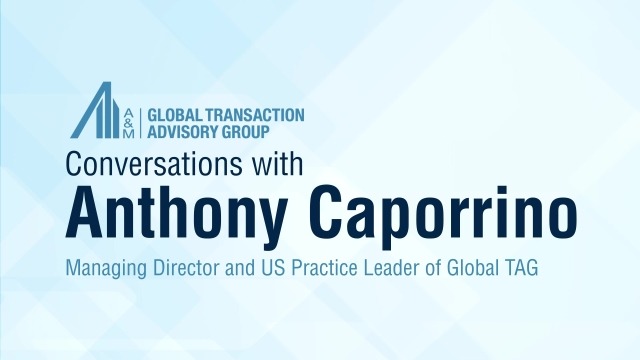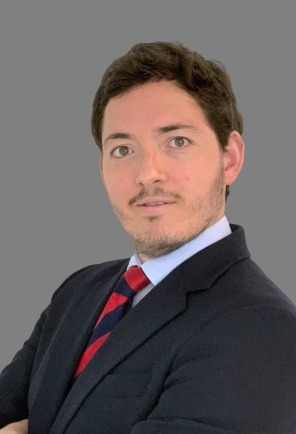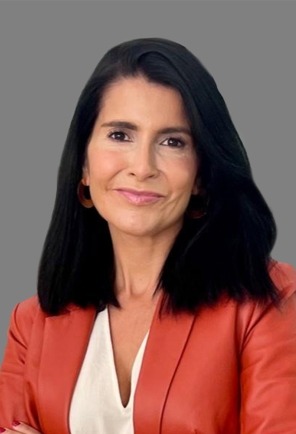Looking for Green Shoots: Spanish M&A Mid-Year Update
Following a slump in dealmaking last year, we began 2023 with a cautious view on M&A activity in Europe, reflecting a macroeconomic environment clouded by high inflation, rising interest rates and geopolitical risks.
This negative outlook has materialised over the first half of the year, with transaction activity declining markedly across the region. In Spain, deal volumes were down by 17% in the 1H, and values declined by 23%, according to TTR Data.
In this article, we discuss the main trends shaping the Spanish M&A market so far in 2023 and the prospects as we look ahead to the second part of the year.
Valuation gap, cost of financing dragging M&A activity in 1H
One of the defining aspects of this year’s M&A environment has been the large mismatch in valuation expectations. Sellers are still expecting the high valuations of the last few years while buyers are adjusting their offers to the new reality of economic uncertainty and higher debt costs. This often unbridgeable valuation gap is one of the main factors behind the sluggish M&A market this year.
Global recession risks, episodes of bank failures and the Ukraine war also weighed on buyers’ appetites. In Spain, the slowdown was further compounded by growing market and legislative uncertainty: after general elections in July, there is still no clarity as to which parties will be able to form a majority government.
The largest transaction in the 1H was the acquisition of Madrid-headquartered Liberty Seguros by Italian insurer Generali, a €2.3-billion deal. Other relevant transactions include Morgan Stanley’s purchase of waste treatment company Sacyr for €734 million, Cinven’s acquisition of energy transition player Amara NZero, the acquisition of tax collection software GTT by Stirling Square’s, Keensight Capital’s buyout of Inke, an inhalation active pharmaceutical ingredient manufacturer, among .
Signs of M&A reactivation are finally emerging
Although some level of macro uncertainty still remains, in the last few months market participants have started to see the first signs of improvements, which makes a reactivation of M&A activity more likely now than at the start of 2023. For example, inflation is starting to stabilise, making the ceiling in interest rates seem closer. Public markets have also improved since January, suggesting a greater level of confidence in the economic outlook.
We have also started to see PE funds making the market more dynamic again, a trend we expect to continue going forward — the key question is whether this will happen in the last part of this year or the beginning of 2024. In addition, dry powder among PE funds is still very high, and funds need to continue to deploy cash to support future fundraising and collection of management fees. CVC Capital Partners announced in July it has raised €26 billion for its latest PE fund, the largest buyout fund in history.
Anecdotally, we see some PE funds returning to a more proactive approach recently, and their investments committees have been less reluctant to approve certain transactions compared with a year or six months ago.
Trends shaping the second half of 2023
Other trends we observed in 1H 2023 and will continue to influence the M&A market for the rest of the year include:
- Mid-sized deals: The mid-market has carried a big part of the M&A activity in the 1H due to the greater availability of financing. Large leveraged buyouts (LBOs) remained scarce not only given the higher costs of debt but also as buyers became more cautious amid economic uncertainty. Greater risk aversion also meant that many private equity (PE) houses have prioritised targeted bolt-on acquisitions to add to existing platforms instead of building new ones.
We will likely continue to see this unfolding in the 2H, although we might also see some sizeable assets coming to market post-summer. According to recent reports, companies potentially being prepared for sale include Proclinic and Terrats — two separate companies sponsored by Miura Partners — as well as the hotel room booking company Hotelbeds, currently owned by a group of PE funds, and Malaga-based graphic content business Freepik, owned by EQT.
- Minority investments: minority deals, in which PE funds co-invest alongside other investors, are also becoming a more common tool lately. The minority commitment allows risk-averse sponsors to write a lower equity cheque and increase their investment only after they get more confidence in the business. For sellers, it offers an alternative to fund the company with equity instead of debt, which is less available in the current environment due to the higher cost of financing. Sellers also keep “skin in the game” in such transactions, meaning that they are likely to stay more involved and committed to the business’ future.
- Hot sectors: Some of the industries driving interest from buyers in the current environment are healthcare, software and technology, telecommunications, education and energy.
The healthcare sector has proven resilient in prior downturns and benefited from macrotrends including an aging population, an increased focus on wellbeing and healthier lifestyles as well as growing demand for online services since Covid.
The need for digital solutions and infrastructure, including automation, is another megatrend, and investors remain willing to lean into software assets despite the more difficult conditions for deals.
Another sector that has seen significant changes recently is telecommunications. Traditional telco operators face the need to develop new infrastructure and technology (such as fibre and 5G) in a context of higher cost of capital and leveraged balance sheets. That is making them look for creative co-investment models with PE and infrastructure funds or consider carving out parts of their businesses.
Education is a very fragmented industry in Spain, with many family-owned businesses that have not yet realised their growth potential, offering PE funds an opportunity to add value through operational improvements.
Within the energy sector, renewable energy businesses and companies offering cost-efficient technologies continue to dominate deal activity, a reflection of the growing focus on ESG and the energy transition. In addition, energy cash flows are becoming more predictable following a period of extreme volatility in 2022, reducing operational risk and becoming more attractive for acquirers.
- Deeper due diligence:Because of the high level of uncertainty and higher funding costs, deeper and longer due diligence (DD) processes are taking place to give more comfort to buyers. More work is being done in areas such as revenues, margins, outturn analysis and normalised cash conversion.
In financial due diligence, comparison across periods has become challenging because of extreme variations in financial performance due the pandemic and supply chain disruptions in recent years. To understand the true performance of the business and its cash generation, as well as prospects going forward, purchasers are performing detailed analyses of products and services, even at an SKU level. More detailed DD is leading to longer M&A processes overall.
- Value creation: To achieve the higher returns on investment and “cash on cash” that Limited Partners (LPs) were accustomed to, value creation strategies are becoming ever more critical to sustain a healthy exit. Clear actions to deliver on the value creation plan are therefore being identified and activated from Day One. In fact, we are seeing a higher demand for integrated DD in which the financial DD and the value creation plan go hand in hand as one unified workstream. This strategy is giving acquirers more confidence in the robustness of the value creation project, as it derives from substantial current and historical financials.
A&M. Leadership. Action. Results.
A&M’s Global Transaction Advisory Group provides investors and lenders the answers needed to get the deal done. We combine our firm’s deep operational, industry and functional resources with Big Four-quality financial accounting and tax expertise to assess key deal drivers and focus on the root cause of any critical deal issues. As the largest transaction advisory practice outside the Big Four, our global integrated teams help private equity, sovereign wealth funds, family offices and hedge funds as well as corporate acquirers unlock value across the investment lifecycle.
The firm’s Global Transaction Advisory Group includes over 900+ in 36 offices throughout the U.S., Latin America, Europe, Middle East, India, and Asia. Our global team has extensive industry knowledge across multiple sectors including, but not limited to, dedicated industry verticals in healthcare, software & technology, energy and financial services.






